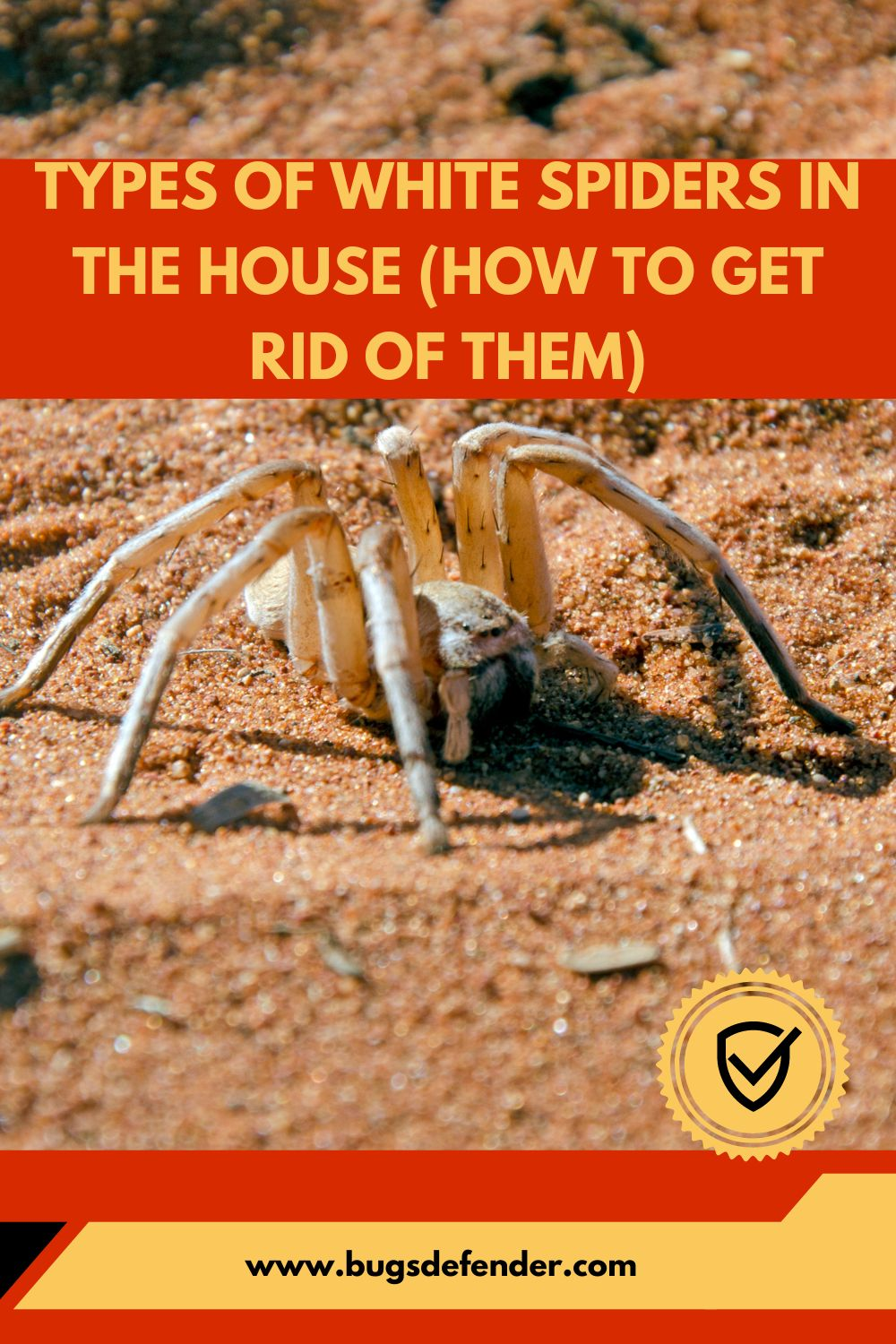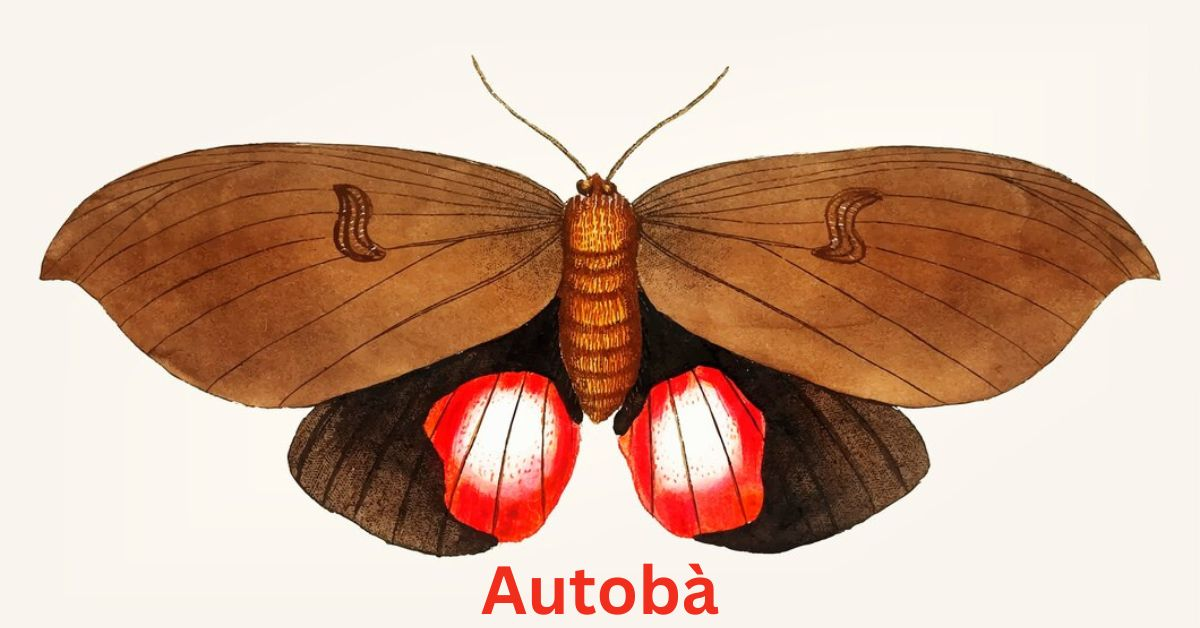Spotting White Spiders in Your Home: What You Need to Know
When people think about encountering spiders in their homes, they typically picture them as black or brown. However, spiders come in various colors, and you might even find some white ones lurking around your houseplants, ceilings, or cabinets. This might seem alarming at first.
Spiders can indeed be unsettling due to the fear of bites and their generally creepy appearance. Nevertheless, most spiders are actually beneficial, preying on insects that we often consider pests. Unlike the infamous black widow spider, most white spiders pose little to no threat. While they might cause a bit of a scare, they rarely bite and are usually harmless. Let’s explore some of the most common types of white spiders you might find in your home.
Types of White Spiders Commonly Found in Homes
Before you start worrying, let’s take a closer look at the various white spider species you might encounter.
1. Crab Spiders
Crab spiders are a large family of small spiders known for their crab-like appearance. They typically have all-white bodies, bulbous abdomens, and thin legs that extend outward, resembling the way hermit crabs carry themselves.
Several subspecies, such as the Caribbean Crab Spider, Goldenrod Crab Spider, and White Crab Spider, fall under this category. Though they may startle you in your basement or cellar, they are harmless. They often nest in plants, which is how they might end up inside your home.
Crab spiders are generally small, with a leg span of up to 1.2 inches. They don’t bite, so there’s no need to worry about them.
2. Jumping Spiders
As their name implies, jumping spiders can leap, making them less than ideal for those who are arachnophobic. Most jumping spiders are brown or black, but they can also appear in lighter, pale shades. This group encompasses a variety of spider species.
Jumping spiders don’t spin webs and are less likely to leave behind cobwebs. Instead, they prefer hiding in shoes or drawers. They are harmless and can be quite beneficial as they help control other pest populations.
3. Yellow Sac Spiders / White Sac Spiders
Yellow Sac Spiders are among several sac spider species you might find. They have golden-yellow legs and pale yellow bodies with white specks. They are often confused with White Sac Spiders, which have a similar appearance but differ in coloration.
These spiders are known for their mildly venomous bite, which can cause swelling, pain, and discomfort, though it is not dangerous. They create tubular silk webs in which they hide and are commonly found in leaves outdoors or in basements, cracks, and wooden piles indoors.
Yellow Sac Spiders are more aggressive than their white counterparts and might bite if you disturb their retreat. Both are active hunters and generally not harmful, though their bites can be painful.
4. White Cobweb Spiders
If you see a tiny white spider weaving a large cobweb in a corner of your home, it’s likely a white cobweb spider. These spiders are similar to house spiders and often build webs near windows.
White cobweb spiders are very small, ghostly white, and have round bodies. They typically measure less than a quarter inch in size and are common in dry areas like Nevada or Arizona. Despite their tiny size, they are fully grown and frequently found in homes.
5. White Cellar Spiders
White Cellar Spiders, often mistaken for cobweb spiders, have small round bodies and long, thin legs. They are slightly larger than cobweb spiders, with legs that can grow up to a quarter inch long.
Commonly referred to as “Daddy Long-legs” due to their long legs, they are not the same species as true Daddy Long-legs spiders. These spiders prefer cool, damp areas like basements and cellars.
6. White Widows
While most are familiar with the dangerous black widow spider, there is also a white variant known as the White Widow. These spiders are quite rare and have tan-white bulbous bodies without the characteristic hourglass mark of black widows.
Though not as venomous as their black counterparts, White Widows can still cause painful bites and serious reactions, especially in children. Immediate medical attention is recommended if a bite is suspected.
7. Ghost Spiders
Ghost Spiders have a spooky name and an eerie pale white or yellow color. They are one of the more common white spiders found in homes and are non-threatening. They don’t bite humans and rarely spin typical cobwebs.
Instead, they create funnel-shaped webs to trap prey like bees and wasps, helping to control insect populations. Ghost spiders are excellent runners and typically nest in houseplants, making them hard to spot.
8. White Candy Striped Spiders
White Candy Striped Spiders are distinguished by a colorful “V” on their abdomen, often in red or pale green. They have long legs that make them adept climbers and are not venomous to humans.
These spiders are typically found on plants where they hunt their prey and are harmless, so there’s no need to worry about them.
Should You Call an Exterminator for White Spiders?
In most cases, encountering a few white spiders in your home doesn’t warrant professional extermination. Regularly cleaning your storage areas and minimizing leaf litter around your home can prevent spiders from settling in. Spiders are often there because they are hunting pests like flies.
However, there are situations where calling an exterminator might be necessary:
- Presence of Highly Venomous Spiders: If you discover a significant number of venomous spiders like White Widows, professional help is advised due to potential health risks.
- Other Pest Infestations: If your home has a severe infestation of pests like bed bugs or flies, spiders may follow, attracted by the abundance of prey.
- Excessive Spider Sightings: While a few spiders are normal, seeing a large number (50 to 100) could indicate a larger problem, and an exterminator might be needed.
In general, maintaining a clean and clutter-free home can help keep spiders and other pests at bay.




